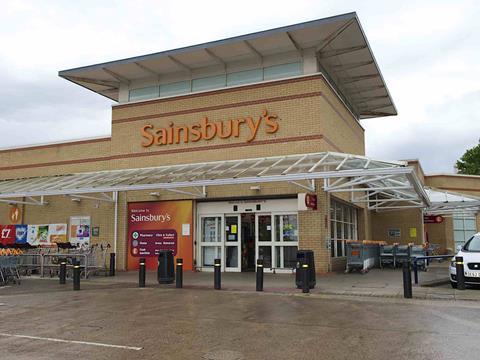
Every Sunday morning, I do a weekly grocery shop. I trundle my trusty ‘granny trolley’ down to the big supermarket in the centre of my hometown, stock up for the week and wheel it all back home. I always make a list, too.
I do this because 1) I like to get my food shopping out of the way in one go; 2) I don’t have a car; 3) I am very organised; and 4) I don’t want to waste time touring supermarkets to get the best price on the products I want to buy.
Granted this weekly shop is occasionally supplemented by a couple of bits from my local c-store mid-week, or the odd product from the other big supermarket in town that the first store doesn’t stock, but it’s a shopping habit that works for me.
But judging by today’s full-year results from Sainsbury’s, I’m a rare breed. It said: “Customers have been managing their budgets by shopping more frequently and wasting less. The move away from one weekly shop has been supported by the growth of convenience stores, improvements and confidence in the ease and security of shopping online and the rise of discounters.”
Sainsbury’s is right. The norm now rather than a trend, people are increasingly shopping little and often, visiting big stores less often in favour of more frequent top-up shops at the discounters and convenience stores. And we’re going online, too, to make shopping even easier.
This is because grocery shopping needs to fit around a shopper’s lifestyle – something Sainsbury’s is well aware of: “Customers are leading increasingly busy lives and, with early signs of improvements to disposable income levels, there is still an opportunity to serve all of a customer’s needs under one roof, or through one brand,” it said.
“Generating customer loyalty will be critical in this respect. Those grocers that evolve their offer to align to these changing habits will be the most successful. They will also have the license to expand their range beyond just food, selling clothing, general merchandise and other products and services as customers build even greater levels of trust with their brands.”
It’s already taking action. As well as lowering prices and improving the quality of its own-label lines, Sainsbury’s says it has identified sites for new convenience and supermarket format trials “to make our customer shopping experience easier and more convenient”. It also plans to use around half of its 6% of total space identified as ‘under-utilised’ to expand its clothing and GM offer, while the other half will be used to house concessions from companies like Argos and Timpsons.
All this will go some way to tempt fickle shoppers back to stores, but the most important action Sainsbury’s is taking is on improving service and availability. As The Grocer reported last week, it is introducing store-specific planograms this summer so there is more space for the products customers want.
Its plan last month to axe 800 in-store jobs will also help. It is reviewing department and deputy manager positions to invest more resources in other shop floor roles, and also wants to replace night shifts with early morning and evening shifts in some stores to improve availability.
With just a few weeks to go on this year’s Grocer 33, Sainsbury’s is leading on both service and availability.
After all, when I get to my local on a Sunday morning, all I want is for every product on my shopping list to be there. That’s what makes me return every week.



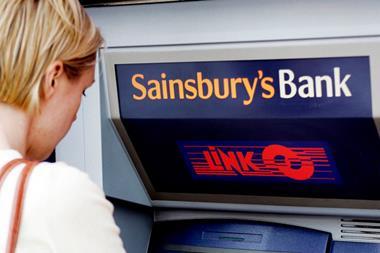
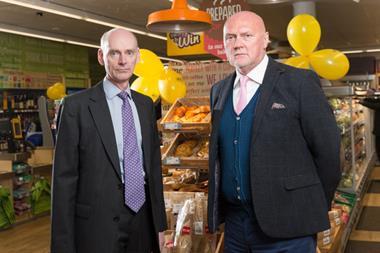






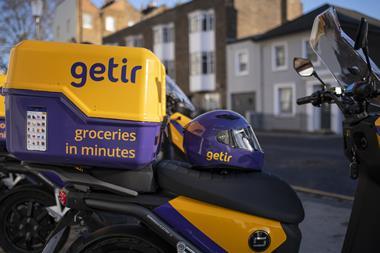

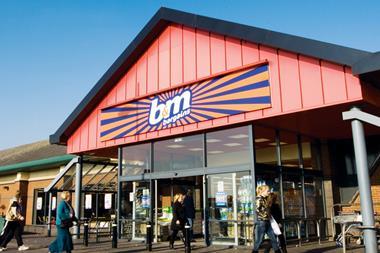

1 Readers' comment